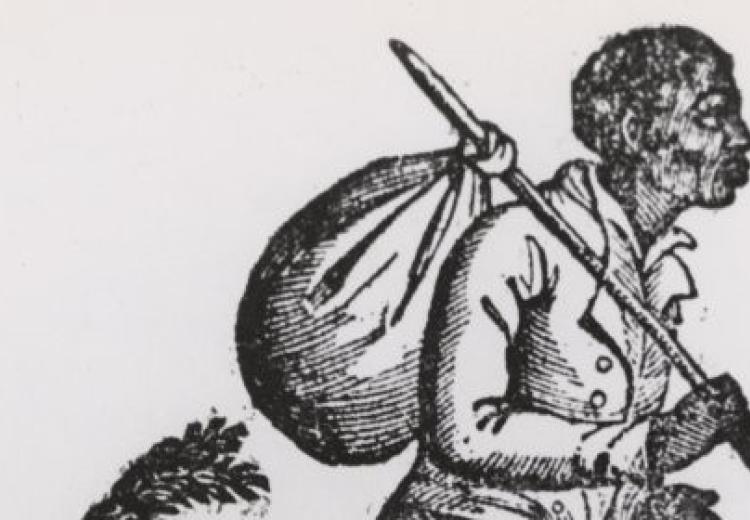Primary and Secondary Sources: Foundations of Historical Research

Advertisement for fugitive slave from July 1837 issue of unidentified anti-slavery publication
Contemporary accounts created by people who were present or intimately involved in historical events – known as primary sources – are the bedrock of historical research and writing. In order to complete the research process, historians also rely on secondary sources: well-researched scholarship written after the historical event in question.
In this lesson plan, students will learn how to distinguish between primary and secondary sources and how to use them for historical research. The central type of primary sources used in this lesson plan are fugitive slave advertisements: short, concise, detailed, and engaging primary sources that convey the history of slavery and freedom seeking in striking terms. Once completed, students will have cultivated valuable research skills with which further historical questions can be investigated and answered.
This resource is a product of Claiming Freedom in the Revolutionary Era – a partnership of the National Underground Railroad Network to Freedom, the National Park Service, the National Endowment for the Humanities, the National Park Foundation, and the Greening Youth Foundation.
Guiding Questions
Why do historians use both primary and secondary sources to understand the past?
How are we creators of primary sources for historians 100 years from now?
Learning Objectives
Differentiate between a primary and secondary source.
Analyze a primary source by using a graphic organizer.
